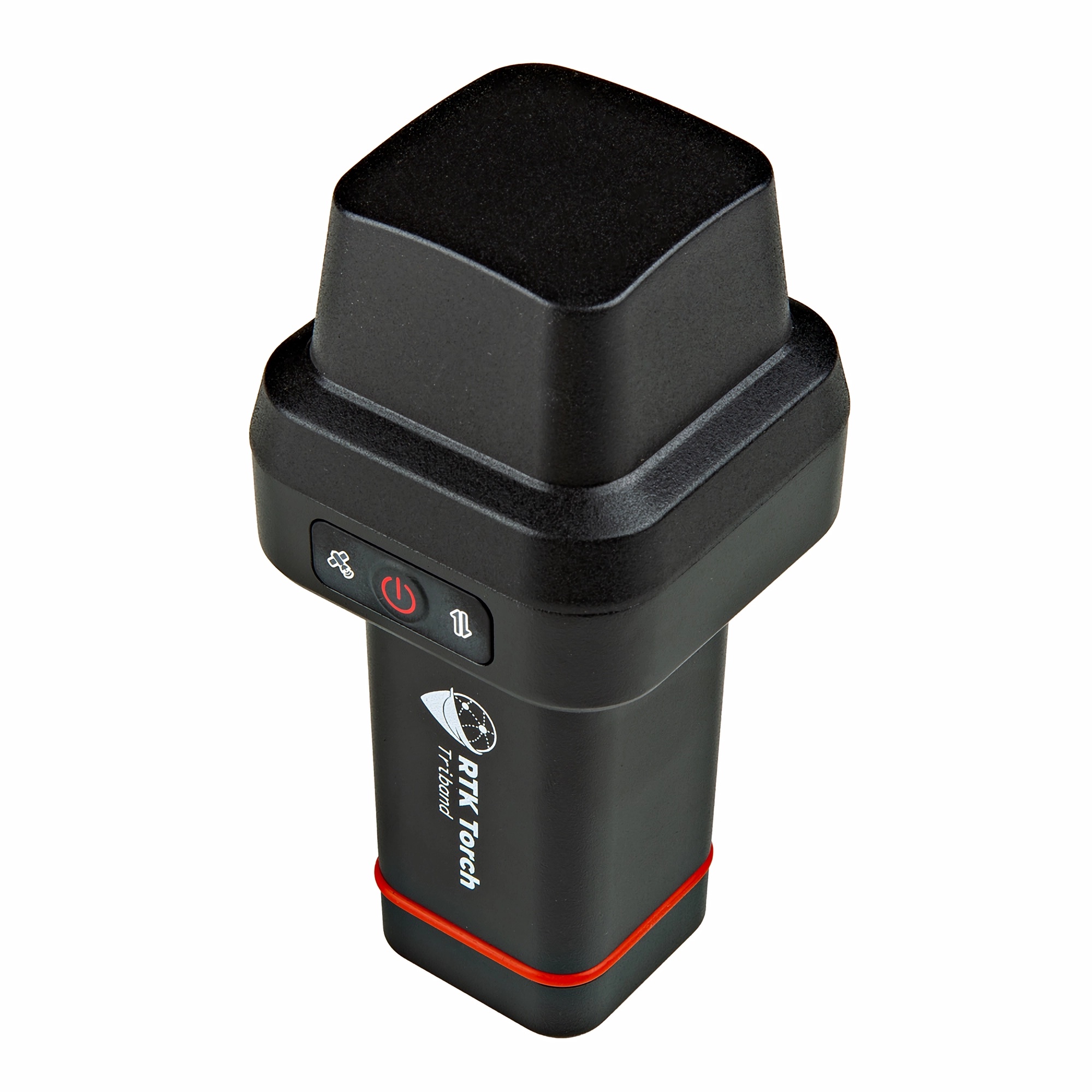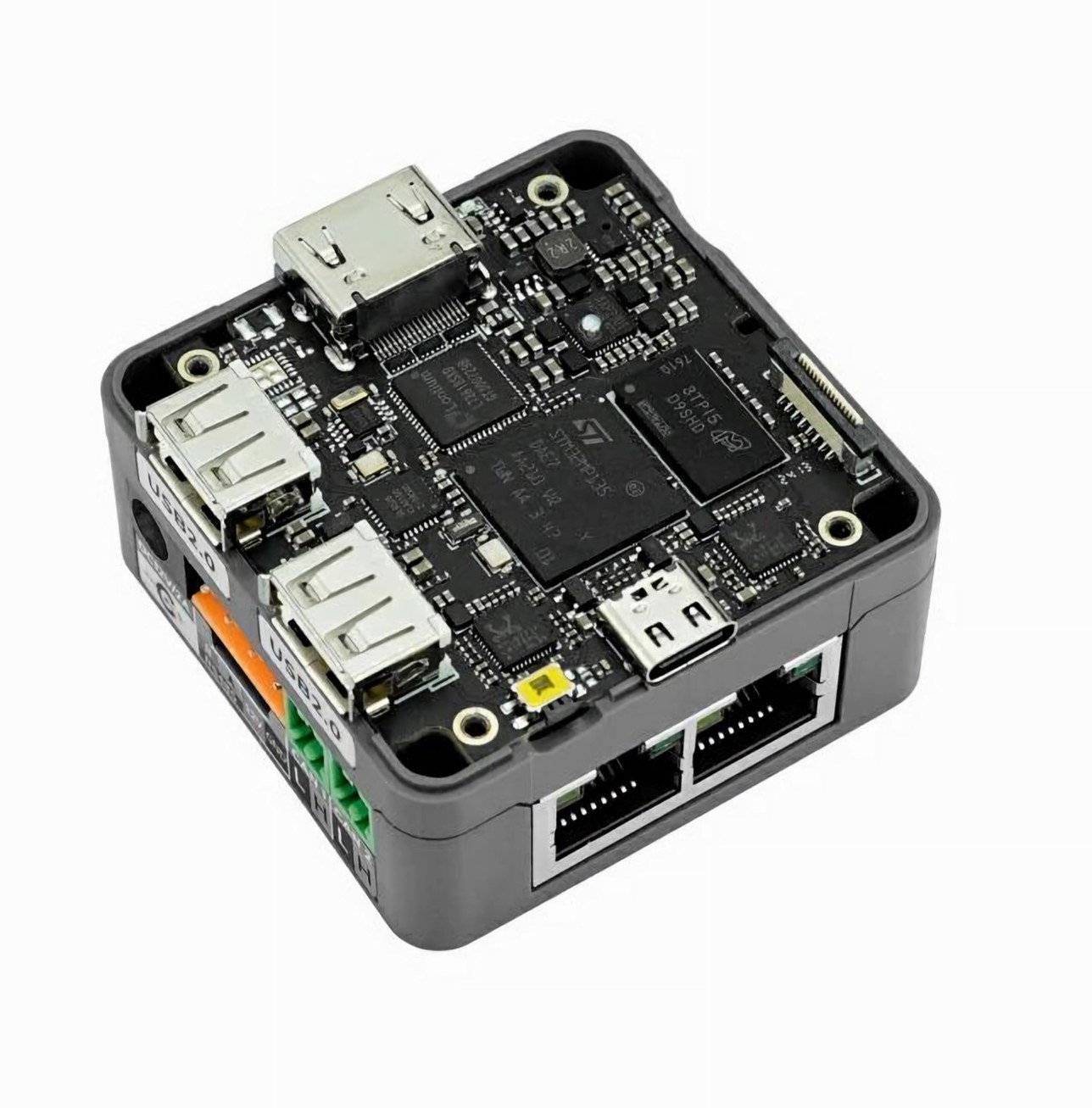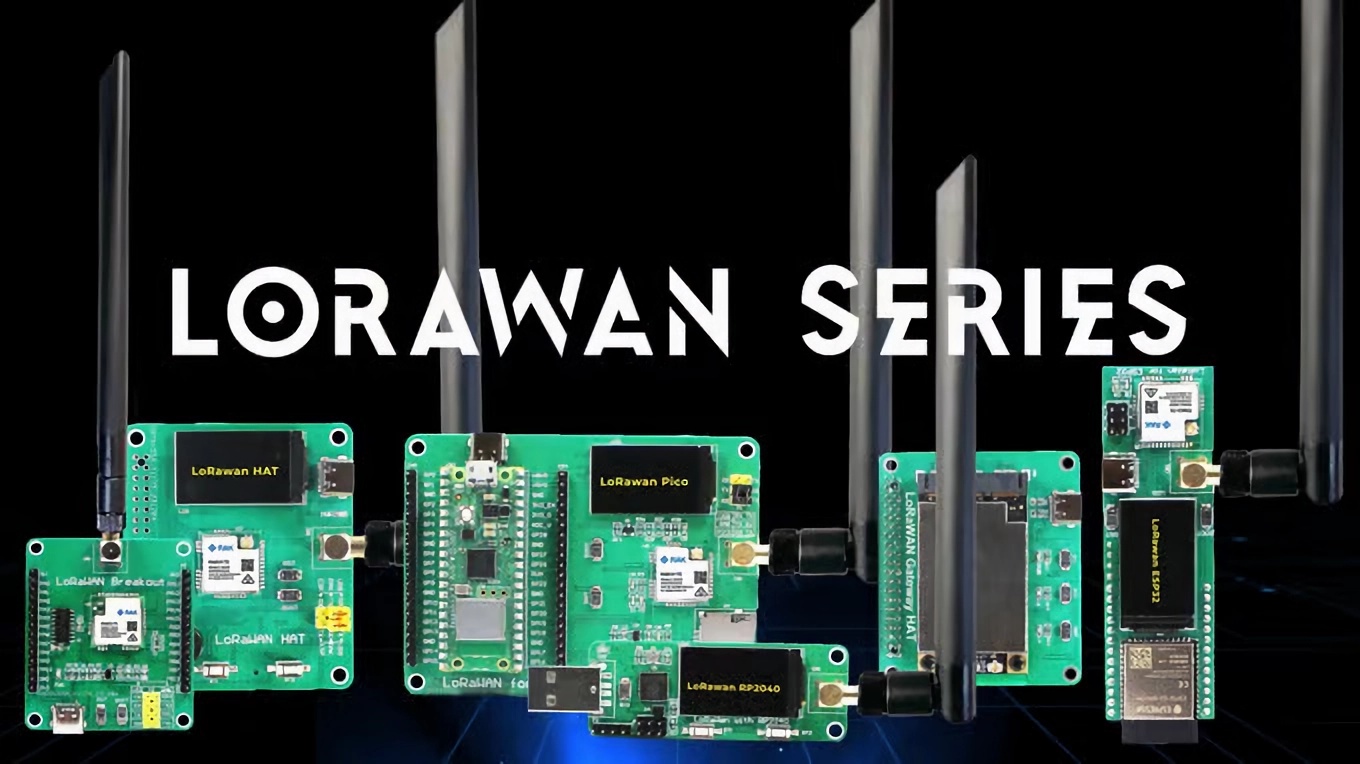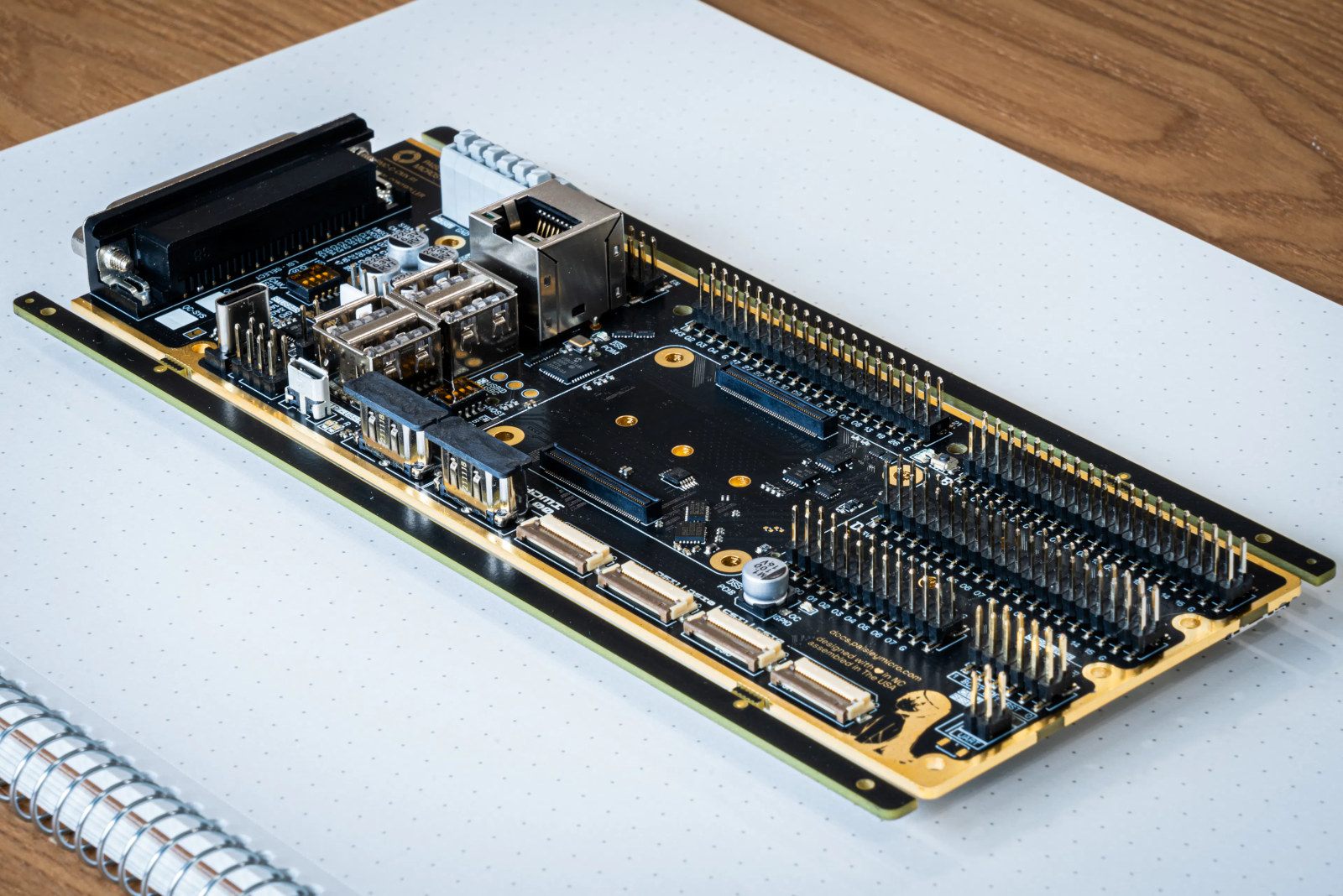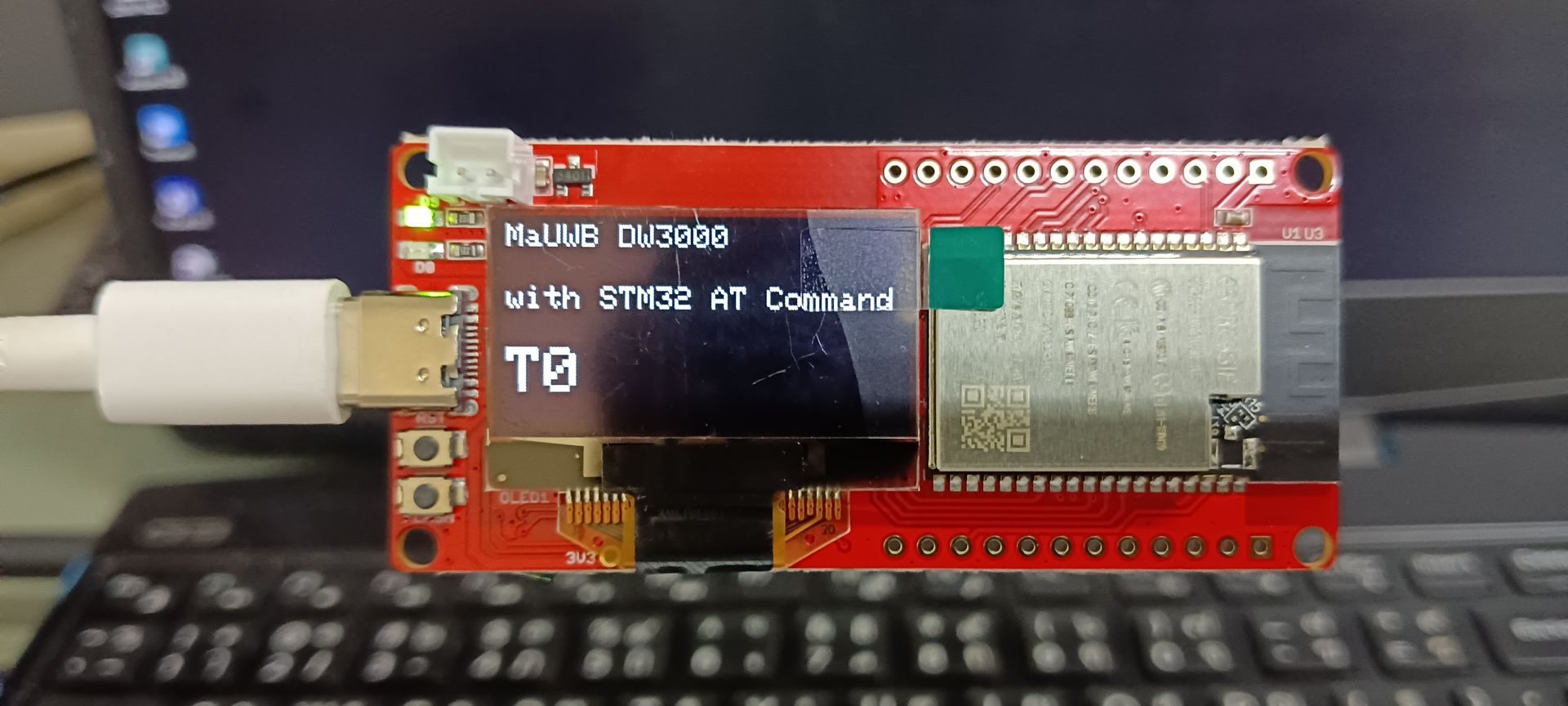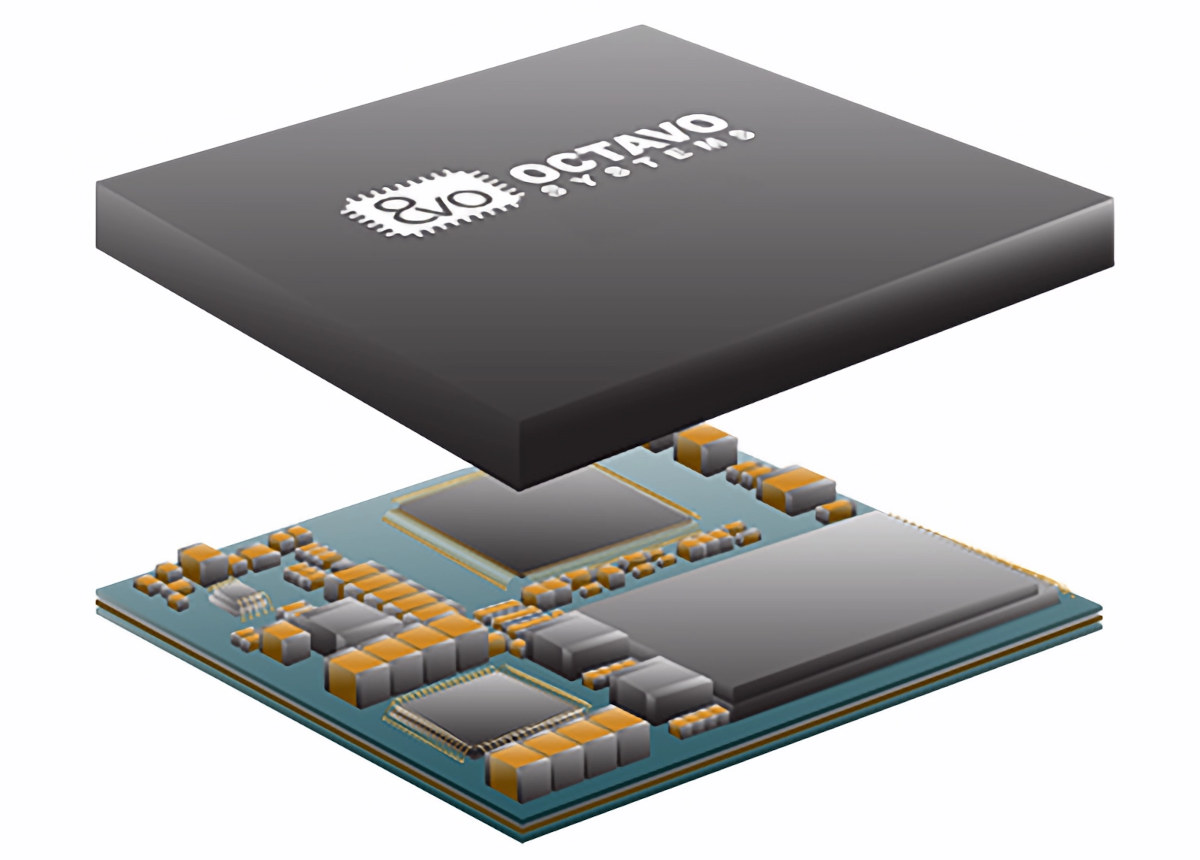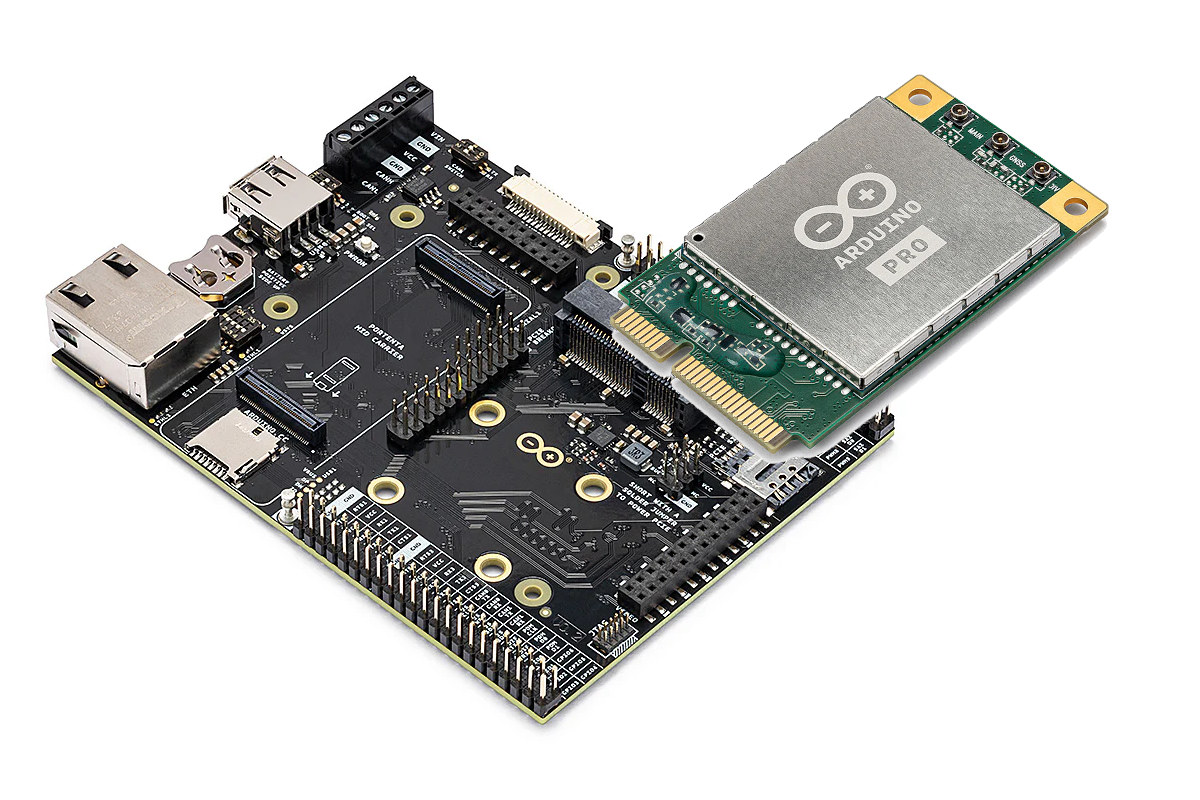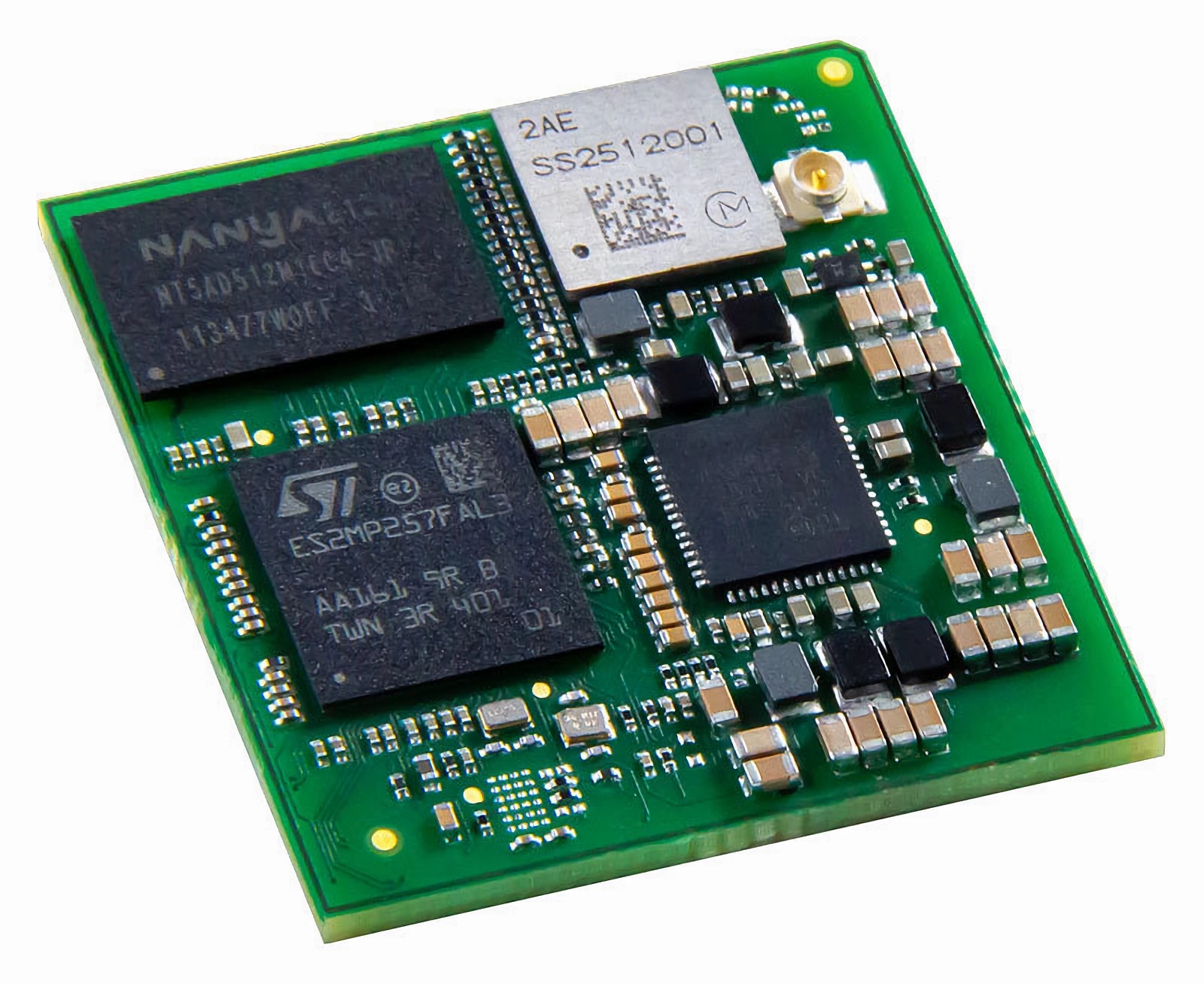SparkFun’s RTK Torch is a real-time kinematic (RTK) surveying device that offers tri-band reception, tilt compensation, and millimeter accuracy in a portable, waterproof enclosure. It features an ESP32-WROOM module with 16MB flash and 2MB PSRAM, providing Wi-Fi and Bluetooth functionality. The onboard RTK-capable Unicore UM980 module receives various GNSS frequencies with high accuracy and supports all available constellations and frequencies. Also included is an STMicroelectronics STM32WLE5CCU6 MCU for obtaining corrections via LoRa radio. The RTK Torch builds on the earlier RTK Facet, adding improvements such as wider reception, higher precision, and a more portable form factor. Like the Facet, the RTK Torch comes in a bundle that includes a carrying case, a 3m USB C-to-C charging cable, a 65W PD wall adapter, and a 1/4in. to 5/8in. antenna thread adapter. It supports several operating modes including GNSS Positioning (~800mm accuracy) – also known as ‘Rover’ GNSS Positioning with RTK (8mm […]
M5Stack CoreMP135 – A Linux-powered industrial controller based on STM32MP135 Cortex-A7 MPU
M5Stack CoreMP135 is an industrial control host powered by the STM32MP135DAE7 Arm Cortex-A7 core microprocessor running at 1GHz, equipped with up to 512MB DDR3L SDRAM memory, and loaded with high-performance interfaces such as two Gigabit Ethernet ports, three USB ports, two CAN FD interfaces, two Grove interfaces, and an “HD” video output. An integrated PWR485 communication board bundles a 9V to 24V power input and an RS485 interface. The device also features a microSD card slot for storage, a small IPS capacitive touch screen, and a 1W speaker for human-machine interaction. The CoreMP135 is designed for low-power consumption and uses an Allwinner AXP2101 chip for power management. It supports scheduled wake-up and sleep with an integrated real-time clock (BM8563 module). The device runs Linux and comes with a microSD card loaded with the Debian operating system, simplifying setup and allowing usage out of the box. A DIN rail base plate […]
SB Components LoRaWAN gateways and nodes are made for Raspberry Pi and ESP32 boards (Crowdfunding)
UK-based hardware developer, SB Components, has designed a new LoRaWAN product series (gateways and nodes) for the Raspberry Pi SBCs, Raspberry Pi Pico, ESP32, and other hardware, based on RAKWireless RAK5146 and RAK3172 modules. The products are available in up to five variants (plus two relay boards) and are built to cater to hobbyists with different needs. They support several LoRaWAN server platforms including The Things Stack, Chirpstack, and Helium, with adaptive spreading factors, coding rates, and bandwidth configurations. The LoRaWAN products include: Gateways – RAK5146 LoRaWAN Gateway HAT and RAK3172 LoRaWAN Gateway HAT for the Raspberry Pi SBCs Nodes – RAK3172 LoRaWAN Module (Powered by Raspberry Pi Pico), Raspberry Pi RP2040 USB Dongle, RAK3172 LoRaWAN Module (powered by ESP32), LoRaWAN Breakout, GatePi LoRaWAN 4-Ch Relay, GatePi LoRaWAN 8-Ch Relay LoRaWAN (long-range wide access network) uses the LoRa modulation technique to transmit data over large distances. In a LoRAWAN network, […]
Industrial control board combines Raspberry Pi CM4/CM5 with STM32H7 MCU for real-time control
Paisley Microsystems PMC-C-CMX is a DIN-Rail mountable industrial control board taking a Raspberry Pi CM4 or CM5 (once launched), equipped with an STM32H7 Arm Cortex-M7 microcontroller for real-time control. The carrier board integrates features such as wide voltage input (7 to 55V DC), an M.2 PCIe Gen 3 Key-B and Key-M sockets with cellular option, gigabit Ethernet, HDMI and MIPI DSI display interfaces, twp MIPI CSI camera interfaces, and several headers and connectors with RS485, GPIO, I2S, SPI, and more connected to either the Raspberry Pi Compute Module or the STM32H7 MCU. Paisley Microsystems PMC-C-CMX specifications: Supported system-on-modules – Raspberry Pi CM4 or upcoming Raspberry Pi CM5 MCU – STMicro STM32H7B0 Arm Cortex-M7 microcontroller up to 280 MHz with 128KB flash, 1.4MB SRAM MCU <-> CM communication – UART and/or SPI Video Output 2x HDMI ports up to 4Kp60 2x MIPI DSI connectors Camera input – 2x MIPI CSI connectors […]
“MaUWB_DW3000 with STM32 AT Command” Review – Using Arduino to test UWB range, precision, indoor positioning
Hello, the device I am going to review is the MaUWB_DW3000 with STM32 AT Command. This is an Ultra-wideband (UWB) module from MakerFabs. The core UWB module on this board is the DW3000 UWB transceiver, and it is also equipped with an ESP32 microcontroller programmable with the Arduino IDE, as well as OLED display. The manufacturer claims that this UWB board resolves multiple anchors and tags mutual conflicts and supports up to 8 anchors and 64 tags. Additionally, the manufacturer has added an STM32 microcontroller to handle UWB multiplexing, allowing users to control the core UWB module by simply sending AT commands from an ESP32 microcontroller to the STM32 microcontroller. More information about this UWB board can be found on the manufacturer’s website. “MaUWB_DW3000 with STM32 AT Command” unboxing MakerFabs sent the package to me from China. Inside the package, there were 4 sets of the MaUWB_DW3000 with STM32 AT […]
Octavo OSD32MP2 System-in-Package (SiP) packs an STM32MP25 SoC, DDR4, EEPROM, and passive components into a single chip
Octavo Systems OSD32MP2 is a family of two System-in-Package (SiP) modules, comprised of the OSD32MP2 and OSD32MP2-PM, based on the STMicro STM32MP25 Arm Cortex-A35/M33 AI processor, DDR4 memory, and various components to reduce the complexity, size, and total cost of ownership of solutions based on the STM32MP2 chips. The OSD32MP2 is a larger, yet still compact, 21x21mm package with the STM32MP25, DDR4, EEPROM, oscillators, PMIC, passive components, and an optional RTC, while the OSD32MP2-PM is even smaller at 14x9mm and combines the STM32MP25, DDR4, and passive components in a single chip. OSD32MP2 specifications: SoC – STMicro STM32MP25 CPU – Up to 2x 64-bit Arm Cortex-A35 @ 1.5 GHz MCU 1x Cortex-M33 @ 400 MHz with FPU/MPU; 1x Cortex M0+ @ 200 MHz in SmartRun domain GPU – VeriSilicon 3D GPU @ 900 MHz with OpenGL ES 3.2 and Vulkan 1.2 APIs support VPU – 1080p60 H.264, VP8 video decoder/encoder Neural […]
Arduino announces the Pro 4G Module and Portenta Mid Carrier board at Embedded World 2024
Arduino has announced two new products that are part of the Arduino Pro family at Embedded World 2024: the Arduino Pro 4G Module and Arduino Portenta Mid Carrier board. Arduino Pro 4G module Two variants of the mini PCIe module are available: one global and one for the EMEA and Southeast Asia markets with similar interfaces, but based on different Quectel modules, and the global model also supports GNSS. Specifications: Both also support 3G/2G fallback if 4G LTE network connectivity is out of range. The 4G LTE module works with Arduino Pro carrier boards featuring a mini PCIe connector such as the Max Carrier and the new Mid Carrier which we will be covering below. More information can be found on the documentation website and product page. The Arduino Pro 4G module global goes for $65 while the EMEA version sells for 29 Euros. Those prices are without antennas which […]
Digi ConnectCore MP25 SoM targets Edge AI and computer vision applications with STM32MP25 MPU
Digi International has announced its latest system-on-module (SoM), the Digi ConnectCore MP25 SoM, based on STM32MP25 MPU at Embedded World 2024 in Nuremberg, Germany. The Digi ConnectCore MP25 SoM is built upon STMicroelectronics’ STM32MP25 microprocessor. It supports artificial intelligence and machine learning functionality through an integrated neural processing unit (NPU) capable of 1.35 tera operations per second (TOPS) and an image signal processor (ISP). It is powered by two 64-bit Arm Cortex-A35 cores running at 1.5GHz, supported by a 32-bit Cortex-M33 core operating at 400MHz and a 32-bit Cortex-M0+core running at 200MHz. With its machine learning capabilities, support for time-sensitive networking, and versatile connectivity features, the ConnectCore MP25 module is suitable for edge AI, computer vision, and smart manufacturing applications in various sectors, including medical, energy, and transportation. Digi ConnectCore MP25 specifications: SoC – STMicroelectronics STM32MP257F CPU – 2x 64-bit Arm Cortex-A35 @ 1.5 GHz; MCU 1x Cortex-M33 @ 400 […]


